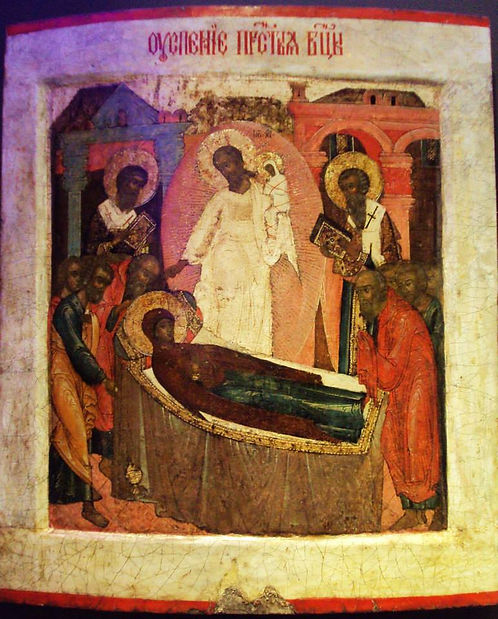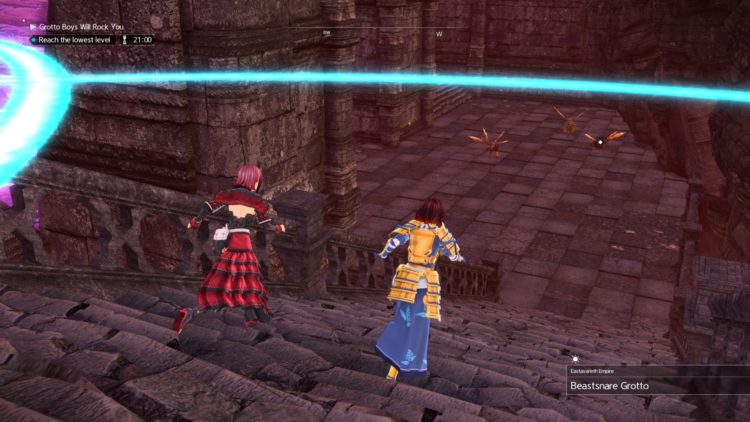- Ars Mysteriorum's Rpg Sanctuary Homes For Sale
- Ars Mysteriorum's Rpg Sanctuary Home Decor
- Ars Mysteriorum's Rpg Sanctuary Home Health
- Ars Mysteriorum's Rpg Sanctuary Home Depot
- Ars Mysteriorum's Rpg Sanctuary Home Gifts

Reviewed by Greg J. Schloesser
Ars Mysteriorum's RPG Sanctuary. Home; AFMBE Revised; CoC 6E; Corporation; Wayfarers. Dragon Warriors. I have yet to play Dragon Warriors, a point which pains me to think about. This seems to be a game for people who want depth in the less tangible parts of a roleplaying game. There's a certain feel to this game that cannot be put into fluff. Rocky Mountain Arsenal National Wildlife Refuge was established in part to protect Bald eagle nesting and winter roosting habitat. Its 15,000 acres of prairie and lakes attract raptors, migrating songbirds, wintering ducks and geese and provides habitat for a variety of mammals including bison, coyotes and deer.
(Hangman Games, 3-5 players, 2 hours, ages 12 and up; $40)
Last year, the major game highlight for me at the Gathering was Alan Ernstein’s Tahuantinsuyu (Summer 2004 GA REPORT). The game is excellent, and was one of my Top 3 games of 2004. I also thoroughly enjoyed Junkyard, his novel trick-taking game using tiles. So, I was eagerly anticipating his new release, Ars Mysteriorum, and made sure I arranged a playing during this year’s Gathering. I am happy to report that I was not disappointed.
In Ars Mysteriorum, players represent apprentices participating in an alchemy competition. Players must collect various ingredients, which they will use to successfully complete recipes and create various elements such as gold, rubies or even Red Dye #3. Recipes are added to a player’s recipe book, and income will be earned for the best combination. Ultimately, players desire to compile the best recipe book, earn the most income, and become a Master Alchemist.
Worth noting is the fact that Hangman Games is a small enterprise, so production values are not necessarily up to the standards of larger game companies. The artwork is certainly good, and everything is perfectly functional. However, don’t expect mounted player mats or lots of wooden components. Instead, you receive non-laminated cardstock mats, poker chips for ingredients, and thin paper money. This sort of thing doesn’t bother me if the underlying game is good … and in this case, the game is quite good.
Five mats representing master’s tents are placed on the table, and each master will offer a particular type of element to the contestants, as well as two different recipes. The elements will be offered in 1 – 5 lots, with the higher bidders receiving more elements than others.
Each player receives one each of the five elements, a single florin, one recipe, a recipe book (player mat) and a deck of bidding cards valued 1 – 6. Their challenge is to wisely utilize these resources to gather more elements, acquire recipes, and increase their wealth.
After re-stocking any empty element bins and tents, players begin each round by bidding for turn order. They do this by playing one of their cards, with the order of play being determined by the cards played, highest-to-lowest. The previous turn’s order will break ties in the same sequence. Turn order is critical, as it is often used to break ties in determining which player receives more elements at the master’s tents. Further, it also determines the order in which players select mystery cards, which are event cards that offer special powers. So, the temptation is to play a high-valued card when bidding in this phase. However, the card bid will NOT be available to use when placing cards by the masters tents. So, use it now, and it will be out of your hand until the next round.
After selecting mystery cards, players will then alternate placing cards face-down by the various tents. The idea is to place cards at tents where you desire to collect elements. These elements will be used to acquire recipe cards, of which two are available at each tent. So, players must study which recipes are available, target a few that they would like to acquire, analyze which elements are needed, and play their cards accordingly.
Once all cards are placed, they are revealed and properly ordered by each tent, highest to lowest. Ties are broken in favor of players who have placed additional cards at that location. If this is still tied, player turn order prevails. The elements are then distributed to the players in the order of their cards at that tent. More chips go to the players who are higher in the “pecking” order, so players must judiciously place their high-valued cards at the tents where they must acquire those elements.
This aspect of the game falls squarely in that usually troublesome “blind bidding” category. My distaste for this type of mechanism is well-known. Here, however, it not only doesn’t bother me, but I find it exciting and tense. I’m not sure why. Perhaps because even if one or more opponents play higher valued or more cards and bump you out of the top spots, you usually still receive something. Further, players are always able to trade three elements for any one element of their choice, so acquiring ANY type of element is useful. So, the “blind bidding” mechanism here usually doesn’t leave a player “high and dry”.
After receiving their elements, in turn order players may move their apprentice to a new tent. To move, a player must pay an element of the same color as their destination tent, plus one additional element for each apprentice already at that tent. If a player opts to remain at his current tent, he must surrender three elements of the color matching his present tent. Thus, it is usually less expensive to move your apprentice to a new location.
So why move to a particular tent? In order to acquire a particular recipe, the player’s apprentice must be at that specific tent. So, this factor must be considered when placing cards in order to acquire elements. A wise player will also take into account the possibility that other apprentices may be located at a particular tent, thereby costing the player more to move to that location. Further, a player must also carefully study the recipe books of his opponents in order to assess which recipes they will likely be pursuing. Nothing is more heartbreaking in this game than to have a desired recipe scooped from underneath you. It is certainly prudent to have a back-up plan if the recipe you covet most is likely not to be available.
Once players move their apprentice, each player may acquire ONE recipe from the tent at which they are located. Some mystery cards allow a player to acquire multiple recipes, even if they are located at a different tent! Players must surrender the appropriate elements in order to acquire the recipe, which is then placed on the correct location in the player’s recipe book.
Stipends are now earned, and are based on the recipes a player has acquired. This procedure can be a bit confusing at first, but after a round or two, it becomes quite easy. Three criteria determine the amount of money a player earns:
1) DUPLICATE ITEMS. The number of a particular recipe. The more cares of the same recipe a player possesses, the more money that is earned.
2) MASTER’S SETS. The number of recipes in a particular set (or column). There are five sets, each containing three individual recipes. These are arranged in columns on the player mats. The more recipes in a set a player possesses, the more money he earns.
3) PRINCES’ COMBINATIONS. The number or recipes in the “Prince” sets (rows). There are three “Prince” sets, each containing five recipes. These are assigned in rows on the player mats. Again, the more recipes in a particular “Prince” set a player possesses, the more money he earns.
Recipes will earn income for both the row and column where they are located. Further, at the end of the game, significant bonuses are awarded to the player who possess the most recipes in each of the five sets. So, players must plan their goals and pursue their strategies in order to maximize their income and bonus points.
A word of advice: don’t overlook those bonuses. They range from 3 – 16 florins, the latter being a huge chunk of the ultimate amount of money a player will possess. Try to grab one or more of the bonuses, particularly the larger ones.

The game continues until the last recipe card at a particular tent has been acquired. The turn is completed, stipends are earned, and bonuses awarded. The player with the greatest wealth becomes a new Master Alchemist and wins the game. Our games have settled-in at approximately 2 hours or so.
Ars Mysteriorum is fun, filled with interesting and significant decisions, and has many head-slapping “Arrghh!” moments. Careful planning is required, but players must be ready with back-up plans and alternative strategies. Yes, there is luck, and your plans can be interrupted by the actions of your opponents, but in the end, proper strategy, planning and management will win the contest.
Alan Ernstein is quickly becoming one of my favorite game designers, and one whose releases are now on my “must play” list. Whereas Tahuantinsuyu was clearly aimed at hard-core gamers, Ars Mysteriorum will appeal to a wider audience. Here’s hoping that his designs will begin to get the attention they deserve not only from gamers, but from larger game companies as well. – – – – – Greg J. Schloesser
Have feedback? We’d love to hear from you.
Summer 2005 GA Report Articles
Read More
Read More
Read More
Read More
Read More
Read More
Read More
Ars Mysteriorum's Rpg Sanctuary Homes For Sale

Read More
Read More
Read More
Read More
Read More
Read More
/pic167745.jpg)
Ars Mysteriorum's Rpg Sanctuary Home Decor
Read More
Read More
Ars Mysteriorum's Rpg Sanctuary Home Health
Read More
Ars Mysteriorum's Rpg Sanctuary Home Depot
Read More
Ars Mysteriorum's Rpg Sanctuary Home Gifts
Read More
